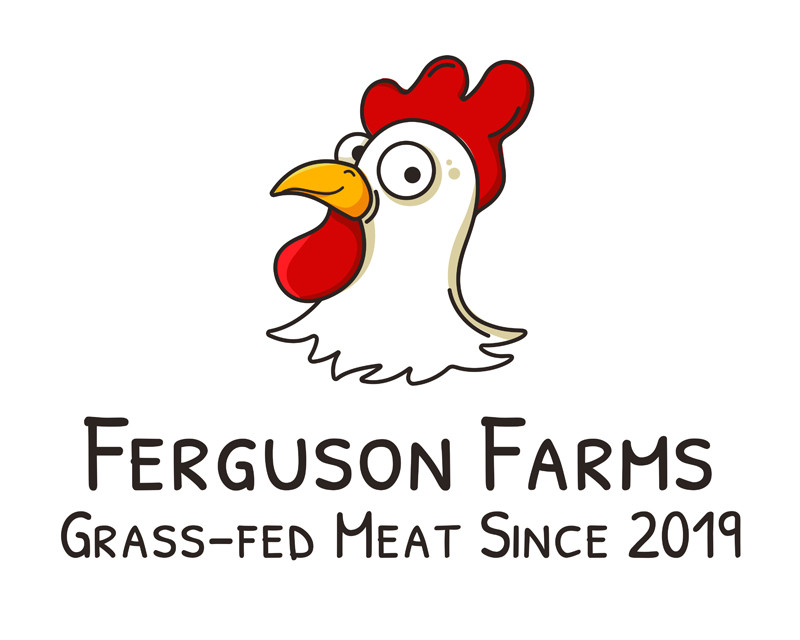Cooking Grass-fed Beef
posted on
September 25, 2022
Grassfed meat starts out just as tender as other meat, but it can become tough if you cook it the same way you would cook grain-fed meat. The reason grass-fed meat requires a special cooking technique is that it is so very lean. Fat serves as an insulator. When meat has little fat, heat is conducted more quickly and can toughen the protein. To keep grass-fed meat tender, you need to cook it more slowly. If you’re broiling a grass-fed steak, for example, place it farther away from the heating element or coals and cook it for a longer period of time. Turn it frequently. But don’t cook it too long! Even the most tender cut of meat will become dry and tough if you overdo it.
Less tender cuts of meat such as a chuck steak or arm roast need to be cooked very slowly with moist heat. You might even want to haul your crock-pot out of the attic and try this 1970s-style cooking once again.
One thing you’ll notice is that a pound of raw meat yields almost a pound of cooked meat; your burgers won’t shrink on the grill.
Article compliments of Jo Robinson and book, Why Grass Fed is Best, p 56
Other Details and Tips for Cooking Grassfed Beef
- Your biggest culprit for tough grass-fed beef is overcooking. This beef is made for rare to rare medium cooking. If you like well-done beef, then cook your grass-fed beef at very low temperatures in a sauce to add moisture.
- Since grass-fed beef is extremely low in fat, coat it with virgin olive oil, truffle oil, or light oil for flavor enhancement and easy browning. The oil will, also, prevent drying and sticking.
- If you don't own a Jaccard meat tenderizer, we recommend marinating your beef before cooking especially lean cuts like NY Strip and Sirloin Steak. Choose a recipe that doesn't mask the delicate flavor of grass-fed beef but enhances the moisture content. A favorite marinade using lemon, vinegar, wine, beer, or bourbon is a great choice. If you choose to use bourbon, beer, or vinegar, use slightly less than you would use for grain-fed beef. Grass-fed beef cooks quicker so the liquor or vinegar won't have as much time to cook off. For safe handling, always marinate in the refrigerator.
- If you do not have time to marinate and don't own a Jaccard meat tenderizer, just coat your thawed steak with your favorite rub, place it on a solid surface, cover it with plastic and pound your steak a few times to break down the connective tissue. As an added benefit your favorite rub will be pushed into your grass-fed beef. Don't go overboard and flatten your beef unless your recipe calls for it. If you don't have a meat mallet, use a rolling pin or whatever you feel is safe and convenient.
- Stove top cooking is great for any type of steak . . . including grass-fed steak. You have more control over the temperature than on the grill. You can use butter in the final minutes when the heat is low to carry the taste of fresh garlic through the meat just like steak chefs.
- Grass-fed beef has high protein and low-fat levels, the beef will usually require 30% less cooking time and will continue to cook when removed from heat. For this reason, remove the beef from your heat source 10 degrees before it reaches the desired temperature.
- Use a thermometer to test for doneness and watch the thermometer carefully. Since grass-fed beef cooks so quickly, your beef can go from perfectly cooked to overcooked in less than a minute.
- Let the beef sit covered and in a warm place for 8 to 10 minutes after removing from heat to let the juices redistribute.
- Never use a fork to turn your beef . . . precious juices will be lost. Always use tongs.
- Reduce the temperature of your grain-fed beef recipes by 50 degrees i.e. 275 degrees for roasting or at the lowest heat setting in a crock pot. The cooking time will still be the same or slightly shorter even at the lower temperature. Again . . . watch your meat thermometer and don’t overcook your meat. Use moisture from sauces to add to the tenderness when cooking your roast.
- Never use a microwave to thaw your grass-fed beef. Either thaw your beef in the refrigerator or for quick thawing place your vacuum-sealed package in water for a few minutes.
- Bring your grass-fed meat to room temperature before cooking . . . do not cook it cold straight from a refrigerator.
- Always pre-heat your oven, pan, or grill before cooking grass-fed beef.
- When grilling, sear the meat quickly over high heat on each side to seal in its natural juices, and then reduce the heat to medium or low to finish the cooking process. Also, baste to add moisture throughout the grilling process. Don't forget that grass-fed beef requires 30% less cooking time so watch your thermometer and don't leave your steaks unattended.
- When roasting, sear the beef first to lock in the juices and then place it in a preheated oven. Save your leftovers . . . roasted grass fed beef slices make great healthy luncheon meats with no additives or preservatives.
- When preparing hamburgers on the grill, use caramelized onions, olives, or roasted peppers to add low-fat moisture to the meat while cooking. We add zero fat to our burgers (they are 85% to 90% lean) . . . so some moisture is needed to compensate for the lack of fat. Make sure you do not overcook your burgers . . . 30% less cooking time is required.
(Article compliments of American Grassfed Association)

